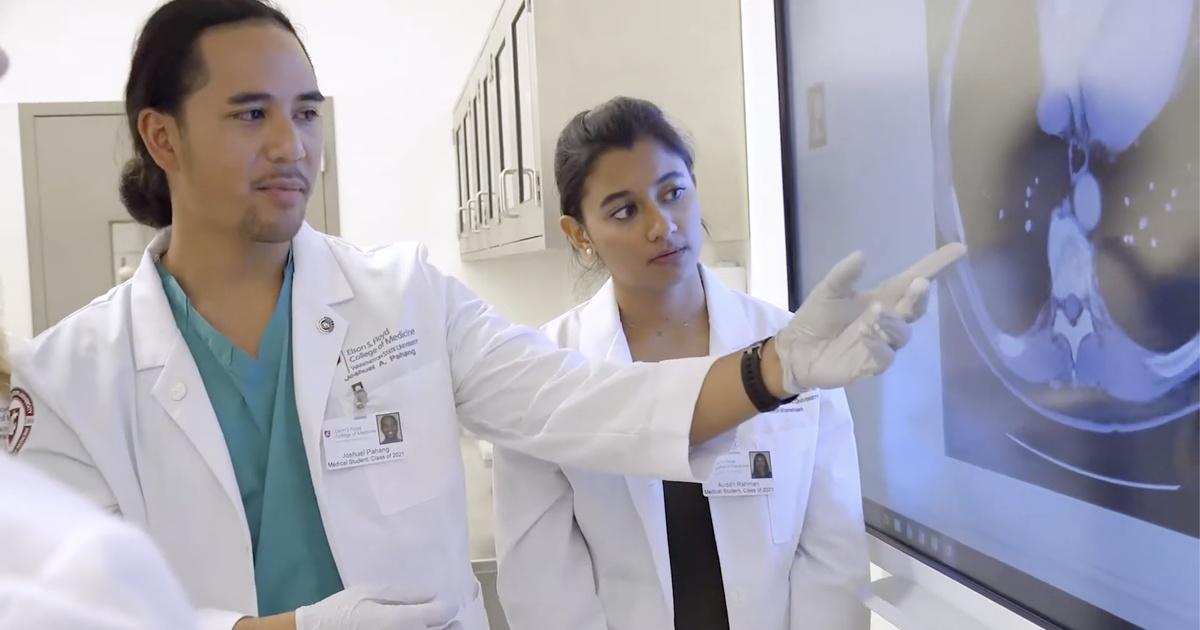- Select a language for the TTS:
- UK English Female
- UK English Male
- US English Female
- US English Male
- Australian Female
- Australian Male
- Language selected: (auto detect) - EN
Play all audios:
ABSTRACT THE immune response involves the appearance of anti-body secreting cells as well as antigen binding cells. Antibody secreting cells can be counted _in vitro_ using-Jerne and
Nordin's local haemolysis in gel (LHG) assay1, and are then called plaque forming cells (PFC). Antigen binding cells can be recognized by their ability to bind particulate antigens such
as sheep red cells (SRB) to their surfaces and have been named rosette forming cells (RFC)2,3. It is likely that RFC represent a mixture of antibody secreting cells and non-antibody
secreting cells. Howard _et al._4 studied the RFC response in the spleens of mice tolerant to pneumococcal polysaccharide. Although serum antibodies could not be seen in these animals a
considerable number, larger, in fact, in “tolerant” than in optimally immunized animals, of RFC was found. They explained these findings on the basis that antibody secreting cells existed
but that the humoral antibodies produced were neutralized extra-cellularly by persisting undegraded antigen. Access through your institution Buy or subscribe This is a preview of
subscription content, access via your institution ACCESS OPTIONS Access through your institution Subscribe to this journal Receive 51 print issues and online access $199.00 per year only
$3.90 per issue Learn more Buy this article * Purchase on SpringerLink * Instant access to full article PDF Buy now Prices may be subject to local taxes which are calculated during checkout
ADDITIONAL ACCESS OPTIONS: * Log in * Learn about institutional subscriptions * Read our FAQs * Contact customer support SIMILAR CONTENT BEING VIEWED BY OTHERS RECREATION OF AN
ANTIGEN-DRIVEN GERMINAL CENTER IN VITRO BY PROVIDING B CELLS WITH PHAGOCYTIC ANTIGEN Article Open access 20 April 2023 EARLY INFECTION-INDUCED NATURAL ANTIBODY RESPONSE Article Open access
15 January 2021 MODELING HUMAN ADAPTIVE IMMUNE RESPONSES WITH TONSIL ORGANOIDS Article 11 January 2021 REFERENCES * Jerne, N. K., and Nordin, A. A., _Science_, 140, 405 (1963). Article ADS
Google Scholar * Nota, N. R., Liacopoulos-Briot, M., Stiffel, C., and Biozzi, G., _CR Acad. Sci._, 259, 1277 (1964). CAS Google Scholar * Zaalberg, O. B., _Nature_, 202, 123 (1964).
Article Google Scholar * Howard, J. G., Elsen, J., Christie, G. H., and Kinsky, R. G., _Clin. Exp. Immunol._, 16, 513 (1969). Google Scholar * Britton, S., _Immunology_, 16, 513 (1969).
CAS PubMed PubMed Central Google Scholar * Mishell, R., and Dutton, R., _J. Exp. Med._, 123, 423 (1967). Article Google Scholar * Möller, G., _Nature_, 207, 1166 (1965). Article ADS
Google Scholar * Britton, S., and Möller, G., _J. Immunol._, 100, 1326 (1968). CAS PubMed Google Scholar * McConnell, I., Munro, A., Gurner, B. W., and Coombs, R. R. A., _Inst. Arch.
Allergy_, 35, 209 (1969). Article CAS Google Scholar * Theis, G. A., and Siskind, G. W., _J. Immunol._, 100, 138 (1968). CAS PubMed Google Scholar * Mitchell, G. F., and Miller,
J.F.A.P., _Proc. US Nat. Acad. Sci._, 59, 296 (1968). Article ADS CAS Google Scholar * Greaves, M. F., and Möller, E., _Cell. Immunol._ (in the press). Download references AUTHOR
INFORMATION AUTHORS AND AFFILIATIONS * Department of Bacteriology, Karolinska Institutet Medical School, S–104 01, Stockholm, 60 OLOF SJÖBERG & ERNA MÖLLER Authors * OLOF SJÖBERG View
author publications You can also search for this author inPubMed Google Scholar * ERNA MÖLLER View author publications You can also search for this author inPubMed Google Scholar RIGHTS AND
PERMISSIONS Reprints and permissions ABOUT THIS ARTICLE CITE THIS ARTICLE SJÖBERG, O., MÖLLER, E. Antigen Binding Cells in Tolerant Animals. _Nature_ 228, 780–781 (1970).
https://doi.org/10.1038/228780a0 Download citation * Received: 31 March 1970 * Revised: 22 June 1970 * Issue Date: 21 November 1970 * DOI: https://doi.org/10.1038/228780a0 SHARE THIS ARTICLE
Anyone you share the following link with will be able to read this content: Get shareable link Sorry, a shareable link is not currently available for this article. Copy to clipboard
Provided by the Springer Nature SharedIt content-sharing initiative




:max_bytes(150000):strip_icc():focal(319x0:321x2)/people_social_image-60e0c8af9eb14624a5b55f2c29dbe25b.png)